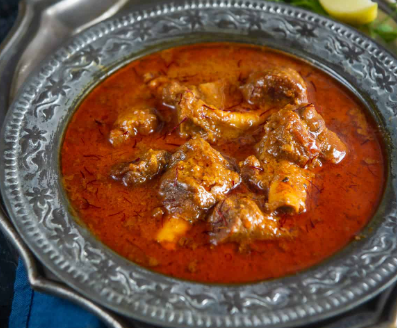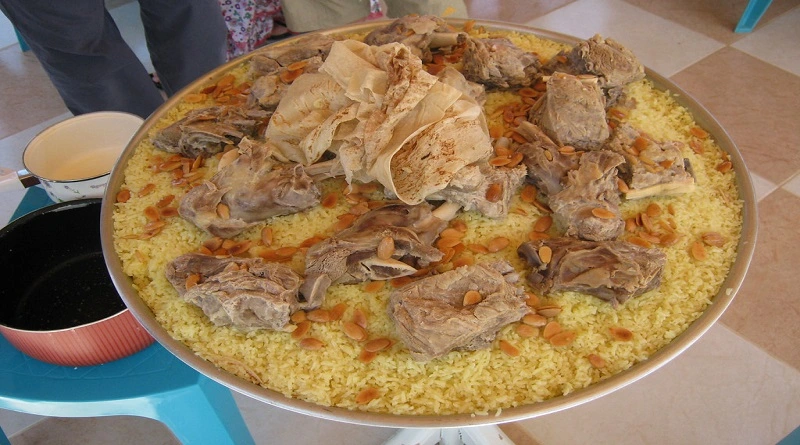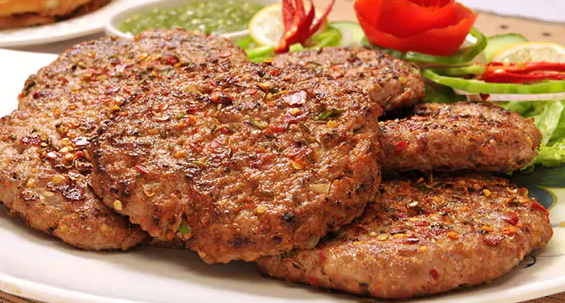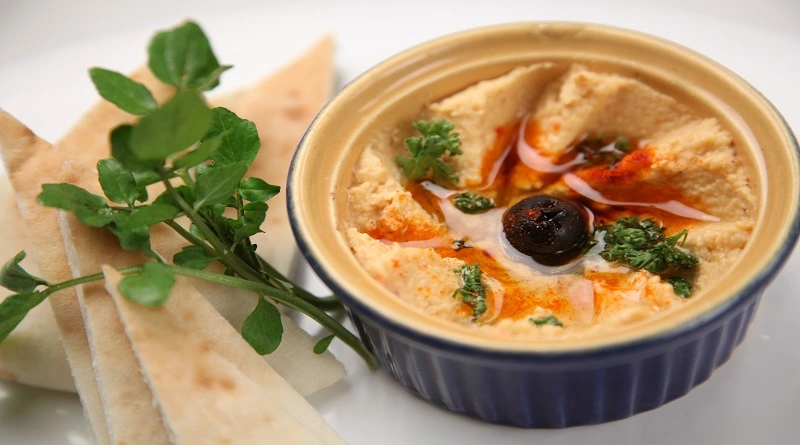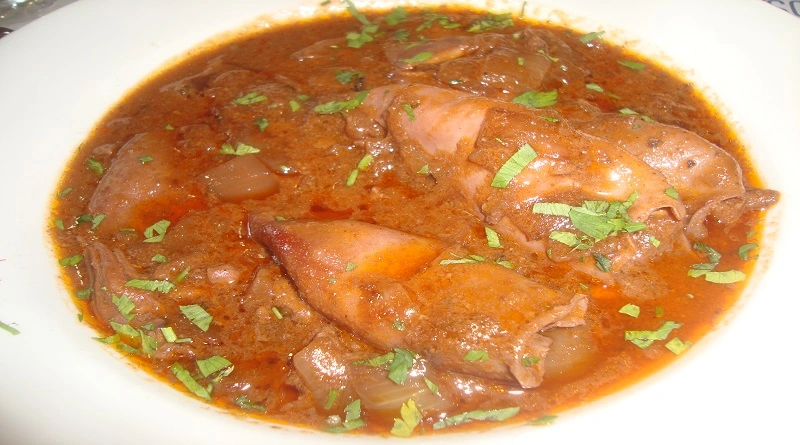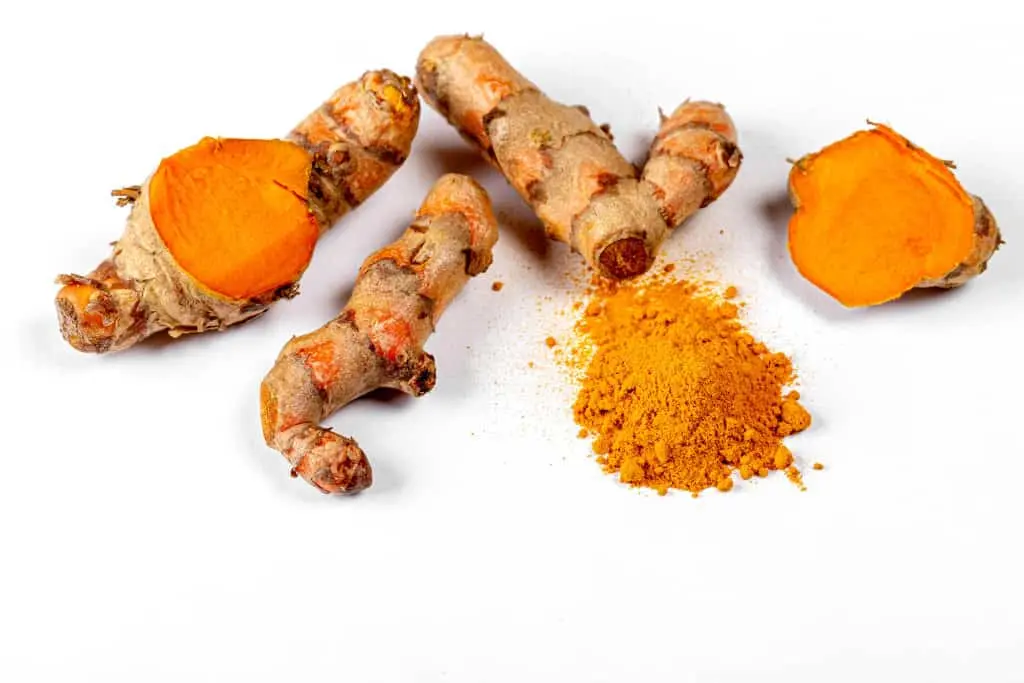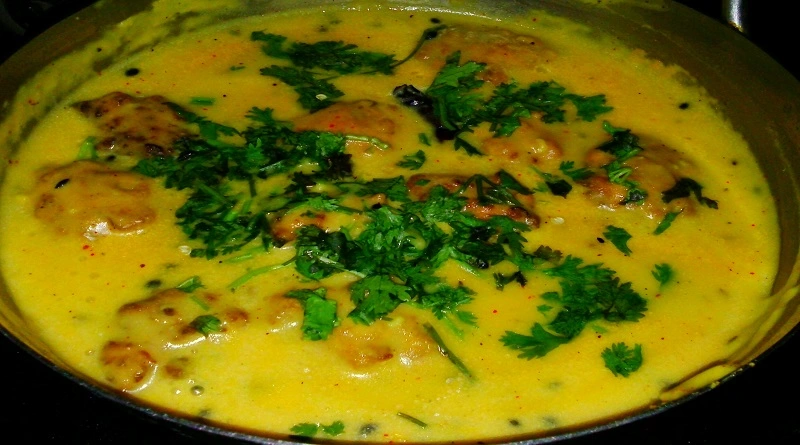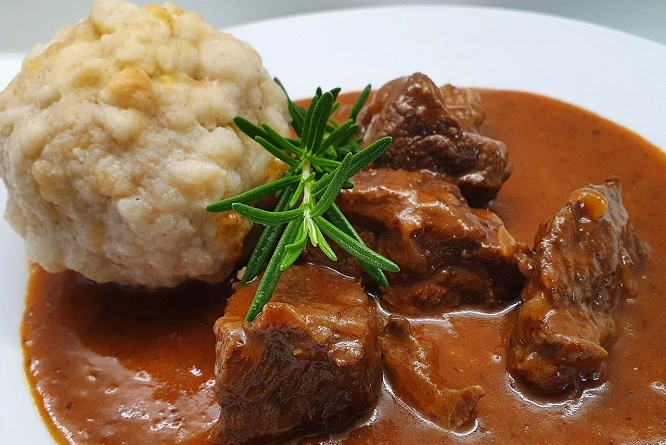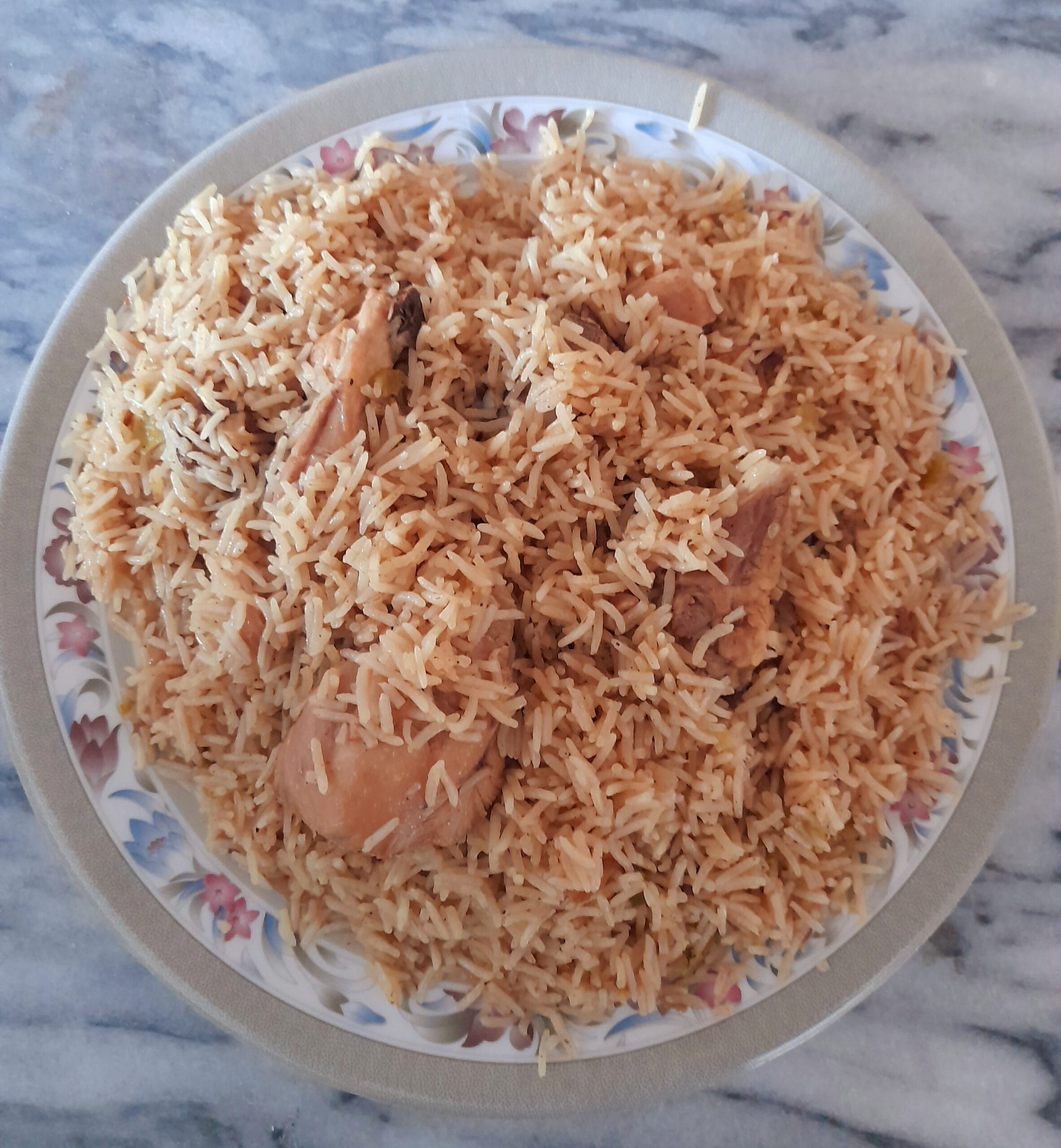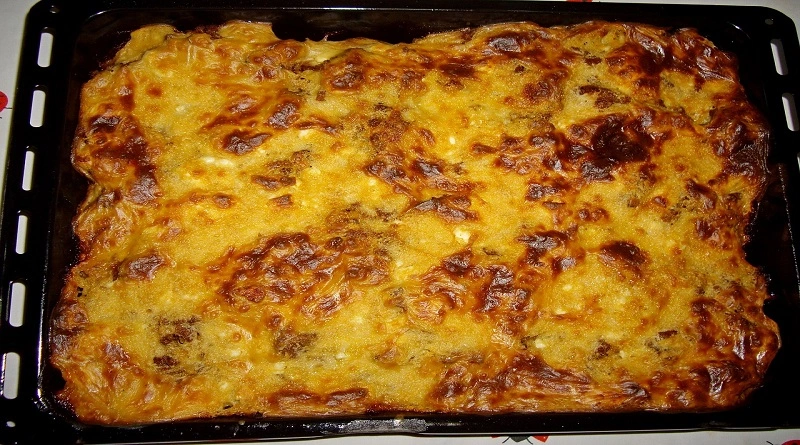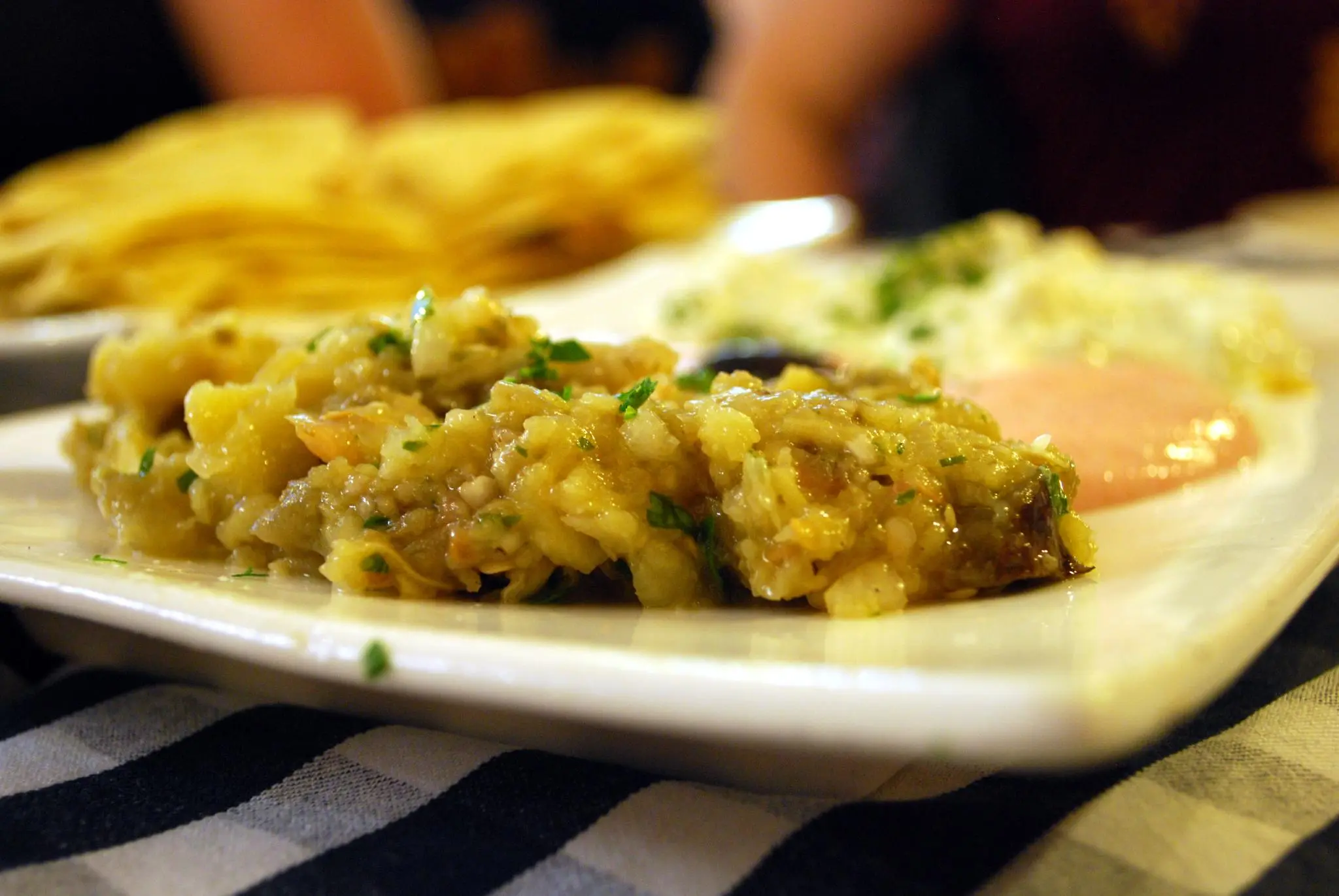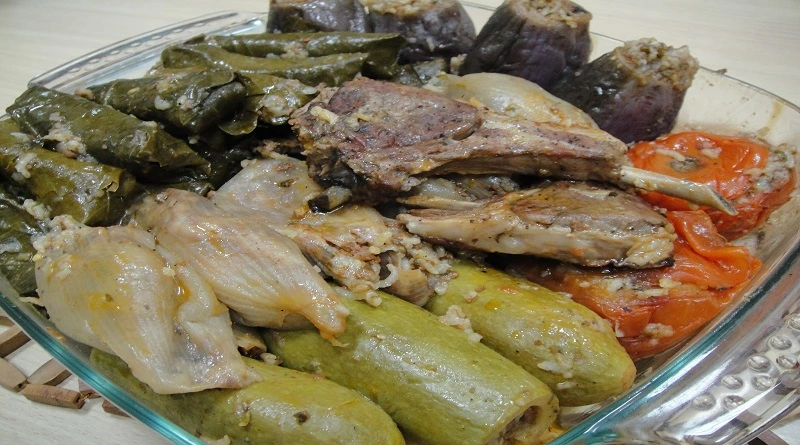Kadhi pakora is a delicious and culturally significant dish that represents the rich and diverse cuisine of the Indian subcontinent.
Introduction
Kadhi pakora is a popular dish in the Indian subcontinent, particularly in North India and Pakistan. It is a vegetarian dish that consists of deep-fried gram flour (besan) balls (pakoras) that are cooked in a yogurt-based gravy (kadhi). Kadhi pakora is usually served with rice or chapati.
The origins of kadhi pakora are unclear, but it is believed to have originated in the northwestern part of India, which is now the state of Punjab. The dish has evolved and has been influenced by various cultures and cuisines. Some historians believe that the dish was introduced to the Indian subcontinent by the Mughals, who ruled the region for several centuries.
Kadhi pakora has cultural significance in the Indian subcontinent. It is often served during special occasions and festivals, such as weddings and religious celebrations. The dish is also popular among Punjabi households and is considered a comfort food.
In addition to its cultural significance, kadhi pakora is also known for its health benefits. Yogurt is a probiotic and is beneficial for digestion. Gram flour is a good source of protein and fiber, making it a healthy option for vegetarians.
Kadhi pakora has also gained popularity outside of the Indian subcontinent, particularly in countries with a large Indian diaspora, such as the United Kingdom and the United States. It is often served in Indian restaurants and is enjoyed by people of all cultures.
Quotes about Kadhi Pakora:
- Kadhi Pakora – the ultimate comfort food that warms the soul and satisfies the taste buds.
- Kadhi Pakora is a dish that can instantly transport you to your grandmother’s kitchen and fill you with a sense of warmth and love.
- The aroma of Kadhi Pakora wafting through the house is a sure sign of a happy family meal.
Types of Kadhi Pakora
There are several variations of Kadhi pakora, each with its own unique flavor and preparation method. Here are some of the most popular types of Kadhi pakora:
- Punjabi Kadhi Pakora: This is the most popular and traditional version of Kadhi pakora. It is made with a mixture of gram flour, yogurt, and spices, and is served with deep-fried pakoras made from a mixture of gram flour, onions, and spices. It is often served with steamed rice or roti.
- Gujarati Kadhi: This version of Kadhi pakora is made with a slightly sweet and sour flavor. It is prepared using buttermilk instead of yogurt and is thickened with gram flour. The pakoras are made from a mixture of gram flour, fenugreek leaves, and spices.
- Rajasthani Kadhi: This version of the Kadhi pakora is spicier than the Punjabi Kadhi pakora. It is made using a blend of yogurt, gram flour, and spices, and is tempered with mustard seeds, cumin seeds, and dried red chilies. The pakoras are made using a mixture of gram flour, onions, and spices.
- Sindhi Kadhi: This version of Kadhi pakora is a unique blend of sweet and sour flavors. It is made with a mixture of gram flour, tamarind pulp, and jaggery (unrefined cane sugar). The pakoras are made with a mixture of gram flour, spinach, and spices.
- Maharashtrian Kadhi: This version of Kadhi pakora is made with a spicy and tangy flavor. It is prepared using yogurt, gram flour, and spices, and is tempered with curry leaves, mustard seeds, and cumin seeds. The pakoras are made with a mixture of gram flour, onions, and coriander leaves.
These are some of the popular variations of Kadhi pakora. Each region in the Indian subcontinent has its unique way of preparing this dish, which makes it a diverse and delicious dish.
Nutritional Facts of Kadhi Pakora
Kadhi pakora is a vegetarian dish that is generally considered to be a healthy option. However, the nutritional content can vary depending on the specific recipe and serving size. Here are some general nutritional facts about this dish:
One serving of Kadhi pakora (1 cup) contains approximately 250-300 calories.
The dish is rich in protein, due to the gram flour used in both the pakoras and the kadhi gravy.
The yogurt used in the kadhi is a good source of calcium and vitamin D.
Kadhi pakora also contains a significant amount of dietary fiber, which can help promote healthy digestion.
However, deep-fried pakoras can add a significant amount of fat to the dish, so it’s important to consume them in moderation.
The spices used in this dish, such as turmeric, cumin, and coriander, have anti-inflammatory and antioxidant properties, which can provide additional health benefits.
Overall, Kadhi pakora can be a healthy and nutritious meal option when prepared in a balanced manner with a variety of ingredients. As with any dish, it’s important to practice moderation and balance to ensure a well-rounded and healthy diet.
Health Benefits of Kadhi Pakora
Kadhi pakora is a popular vegetarian dish in the Indian subcontinent, and it offers several potential health benefits. Here are some of the main health benefits of Kadhi pakora:
- Good source of protein: Kadhi pakora contains gram flour which is a good source of plant-based protein. Protein is essential for building and repairing muscles, and it also helps keep you feeling full and satisfied.
- Promotes digestion: The yogurt used in the kadhi is a probiotic and can help promote healthy digestion. Probiotics are beneficial bacteria that live in the gut and help break down food, absorb nutrients, and support immune function.
- Rich in vitamins and minerals: Kadhi pakora is rich in vitamins and minerals, including vitamin B12, calcium, and magnesium. These nutrients are important for maintaining healthy bones, nerves, and muscles.
- May aid weight loss: this dish is relatively low in calories and high in protein and fiber. Eating foods high in protein and fiber can help you feel full for longer periods, which may lead to consuming fewer calories overall and potentially aid in weight loss.
- Anti-inflammatory and antioxidant properties: The spices used in this dish, such as turmeric, cumin, and coriander, have anti-inflammatory and antioxidant properties. These properties can help reduce inflammation and oxidative stress in the body, which is associated with several chronic diseases.
Overall, this dish can be a healthy and nutritious dish when prepared in a balanced manner with a variety of ingredients. It’s important to practice moderation and balance in your diet to ensure a healthy lifestyle.
Cooking Procedure of Kadhi Pakora
Here we will discuss the easiest recipe for Kadhi pakora to make it at home.
Cooking Time Needed
The cooking time for Kadhi Pakora may vary depending on the recipe and the amount being prepared. Here’s a general estimate of the time needed to make this dish:
Preparation time: The preparation time for this dish typically takes about 30-40 minutes, which includes preparing the kadhi mixture, making the pakoras, and chopping vegetables.
Cooking time: The cooking time for Kadhi pakora generally takes about 40-50 minutes. To allow the flavors to develop and the gram flour to thicken, you typically cook the kadhi mixture on low to medium heat for 30-40 minutes.
Overall, it can take approximately 60-90 minutes to make this dish from start to finish. Depending on the amount and personal preferences the time required can vary depending. To avoid any raw flour taste, it is important to cook the kadhi mixture properly and carefully follow the recipe instructions.
Utensils required
To make Kadhi pakora, you will need the following utensils:
- Mixing bowl: You will need a mixing bowl to combine the gram flour, yogurt, spices, and water to make the kadhi mixture.
- Whisk: A whisk is useful for mixing the kadhi ingredients thoroughly and ensuring a smooth consistency.
- Big pot: It is used to cook the kadhi mixture. It’s best to use a non-stick or stainless steel kadhai that’s large enough to hold the kadhi and the pakoras.
- Ladle: You will need a ladle to stir and serve the kadhi.
- Slotted spoon: A slotted spoon is useful for removing the fried pakoras from the oil and draining any excess oil.
- Chopping board and knife: You will need a chopping board and knife to chop vegetables such as onions and coriander for garnishing.
- Serving bowls: You will need serving bowls to serve the kadhi pakora.
Overall, the utensils required for making this dish are relatively basic and commonly found in most kitchens.
Ingredients Required
- 1/4 Kg gram flour
- 1/2 Kg yogurt (You may increase the yogurt for better taste)
- 1/2 liter water
- 1 tablespoon turmeric powder
- 1 tablespoon red chili powder
- 1 tablespoon coriander powder
- 1 tablespoon cumin powder
- Salt to taste (1 tablespoon or as you like)
- 1 onion, finely chopped
- 2-3 green chilies, chopped
- 1 tablespoon ginger paste
- 1 tablespoon garlic paste
- 1/4 liter Oil
- 1/2 tablespoon mustard seeds (rai)
- 1 tablespoon cumin seeds (jeera)
- 3-4 medium-sized Curry leaves (kadi patta)
- Coriander leaves (dhania patta) for garnishing
For making Pakoras you have to visit Pakora Recipe
- Add half a liter of water in yogurt and stir it manually or with the help of a blender until making a uniform solution (Buttermilk or lassi).
- Add the gram powder to Buttermilk and stir it for complete dissolving resulting in a fine kadhi mixture and keep it aside.
- Heat oil in a pot and put chopped onion and Sauté until the onions become translucent golden brown.
- Add ginger and garlic paste and all other spices mentioned in the ingredients along with two or three tablespoons of water and cook for two minutes.
- Add kadhi mixture to the pot and stir for a few seconds and left it cooking on low to medium heat for 40-50 minutes. Cook the kadhi, stirring occasionally, until it thickens, the raw flavor of the gram flour disappears and oil starts coming on the top of kadhi.
- Add the fried pakoras and simmer for 2-3 minutes.
- Garnish with chopped coriander leaves.
- Serve the hot and delicious Kadhi pakora with steamed rice or roti.
Enjoy your Kadhi pakora!
Cooking Precautions
Here are some cooking precautions to keep in mind while making Kadhi pakora:
- Use fresh ingredients: Make sure to use fresh ingredients like yogurt, gram flour, spices, and vegetables to ensure the best taste and flavor.
- Stirring the kadhi: While cooking the kadhi, it is important to stir it frequently to prevent it from sticking to the bottom of the kadhai and to ensure that it cooks evenly.
- Don’t overcook: Overcooking the kadhi can make it hard and chewy.
- Garnishing: The garnishing of coriander leaves adds to the flavor and appearance of the dish. However, it’s important to wash the coriander leaves thoroughly before using them to remove any dirt or impurities.
- Serving: Serve this dish hot and immediately after preparing it for the best taste and texture.
By following these precautions, you can ensure that your Kadhi pakora turns out delicious and perfectly cooked.
Common Mistakes in Cooking
Here are some common mistakes that people make while cooking Kadhi pakora:
- Using too much or too little water: Using too much water can make the kadhi too thin and watery while using too little water can make it too thick and lumpy.
- Adding too many spices and salt: Adding too many spices or not frying them for proper time can result in the kadhi becoming too spicy with a bad taste.
- Not stirring the kadhi frequently: Not stirring the kadhi frequently can cause it to stick to the bottom of the kadhai and burn, ruining the flavor of the dish.
- Using expired or stale ingredients: Using expired or stale ingredients can result in the dish tasting bad or even becoming unsafe to eat.
- Overcooking the kadhi: Overcooking the kadhi can make it lose its flavor and become too thick and lumpy.
- Using the wrong kind of yogurt: Using yogurt that is too sour or not thick enough can affect the taste and consistency of the kadhi.
By avoiding these common mistakes, you can ensure that your Kadhi pakora turns out delicious and perfectly cooked.
Serving Instructions
Here are some serving instructions for Kadhi Pakora:
- Serve hot: This dish tastes best when served hot and fresh out of the kitchen. Serve it immediately after preparing it for the best taste and texture.
- Garnish with coriander leaves: To add to the flavor and appearance of the dish, garnish it with freshly chopped coriander leaves.
- Serve with rice or roti: You can save this dish with steamed rice or hot roti for a wholesome and satisfying meal.
- Serve with chutney or pickle: You can also serve this dish with your favorite chutney or pickle for added flavor and variety.
- Serve with salad: To add a healthy touch to your meal, serve Kadhi Pakora with a side salad of fresh vegetables like cucumber, tomato, and onion.
- Serve in individual bowls: To make serving easier, divide this dish into individual serving bowls or plates.
By following these serving instructions, you can enjoy your Kadhi Pakora in the best way possible.
Side Effects of Kadhi Pakora
This dish is generally considered safe and healthy, it may have some potential side effects.
- High-calorie count: this dish is a high-calorie dish due to the deep-frying involved in making the pakoras. It is best to consume it in moderation as part of a balanced diet.
- Digestive issues: The dish contains gram flour, which can be difficult to digest for some people, leading to bloating, gas, or stomach discomfort.
- Allergic reactions: People who are allergic to gram flour or any of the other ingredients used in the dish may experience allergic reactions like itching, swelling, or difficulty breathing.
- Sodium content: The dish can be high in sodium due to the use of salt and other spices, which can be problematic for those with high blood pressure or other health conditions.
- Oily texture: The deep-fried pakoras can be oily and may cause discomfort for those with digestive issues or sensitive stomachs.
It’s important to consume this dish in moderation and be mindful of any potential side effects or health concerns. If you experience any adverse reactions after consuming the dish, it’s best to consult with a doctor.
Conclusion
In conclusion, Kadhi Pakora is a popular and delicious Indian dish made with gram flour, yogurt, and a variety of spices. People from all backgrounds enjoy this culturally significant dish. While it can be high in calories and sodium, it also has several health benefits and can be a part of a balanced diet when consumed in moderation.
Frequently Asked Questions
Is Kadhi Pakora vegetarian or vegan?
It is a vegetarian dish, but it is not vegan as it contains yogurt.
Can I make Kadhi Pakora without deep-frying the pakoras?
Yes, you can make it without deep-frying the pakoras by baking or air-frying them instead.
How long does Kadhi Pakora last in the fridge?
It can last for up to 2-3 days in the fridge if stored properly in an airtight container.
Can I freeze Kadhi Pakora?
While you can freeze it, the texture may change upon reheating. It’s best to consume it fresh or within a day or two of preparing it.
Is Kadhi Pakora a healthy dish?
Yes, it can be a healthy dish when consumed in moderation as part of a balanced diet. It is a good source of protein, fiber, and essential vitamins and minerals. However, it is also high in calories and sodium, so it’s important to be mindful of portion sizes.
References
The Essential Indian Instant Pot Cookbook” by Archana Mundhe
“660 Curries” by Raghavan Iyer
“How to Cook Indian” by Sanjeev Kapoor

